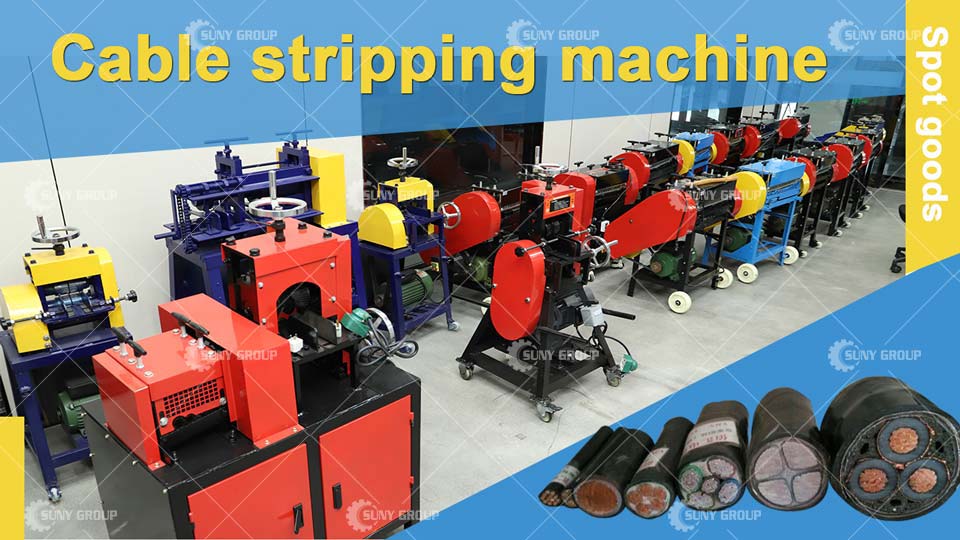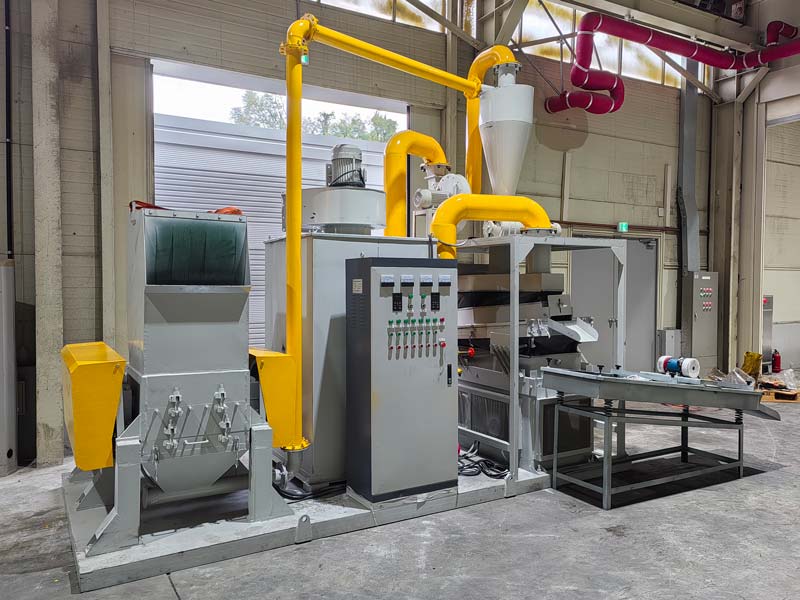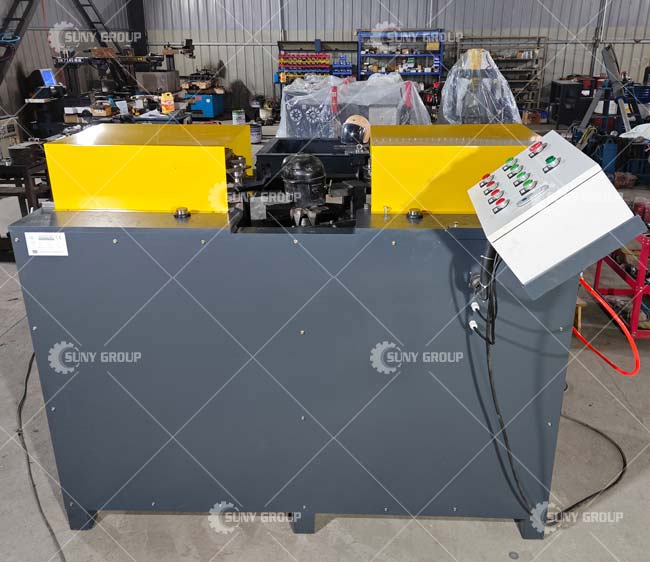- cost of hydraulic briquetting machine for waste recycling
- Energy-Efficient Balers
- high pressure briquette press for copper slag
- metal powder briquetting machine for smelting furnaces
- briquette machine with automatic feeding system
- industrial hydraulic briquetting press for steel swarf
- Double Shaft Shredder: Structure, Materials, Working Process, and Output
- compact briquette press for aluminum scrap workshop
waste pcb board recycling machine
As the amount of electronic waste continues to grow, the recycling of waste printed circuit boards (PCBs) has become an important part of resource recycling. Professional PCB recycling equipment can efficiently separate metal and non-metal components through automated and environmentally friendly process flows, achieve high-value resource recovery, and reduce environmental pollution.
1. Equipment configuration
PCB recycling production lines usually include core equipment such as multi-stage crushing, sorting, and dust removal. The specific configuration is as follows:
Coarse crusher: crush the entire PCB board into small pieces (20-50mm).
Fine crusher: further crush to 1-5mm particles to improve subsequent sorting efficiency.
Sorting system: includes airflow sorter (separation of light resin powder), electrostatic sorter (extraction of metal particles) and eddy current sorter (recovery of non-ferrous metals).
Dust removal device: pulse dust removal + activated carbon adsorption is used to ensure that waste gas meets emission standards.
2. Workflow
Pretreatment: manual sorting to remove dangerous components such as batteries and capacitors.
Crushing stage: two-stage crushing turns PCB into fine particles.
Sorting stage:
Airflow sorting: Use wind power to separate lightweight non-metallic materials (such as epoxy resin).
Electrostatic sorting: Separate metals (copper, aluminum, gold, etc.) from non-metals through a high-voltage electric field.
Metal purification: Use magnetic separation or eddy current sorting to further improve metal purity.
Environmental treatment: Dust is collected by the dust removal system, and the exhaust gas is discharged after purification.

3. Production efficiency
Modern PCB recycling equipment has a processing capacity of 1-10 tons/hour, a metal recovery rate of more than 95%, and a copper purity of more than 98%. The automated control system reduces manual intervention, improves production stability, and reduces energy consumption.
4. Equipment improvement direction
Intelligent upgrade: Introduce AI visual recognition technology to improve the classification accuracy of complex PCB boards.
Energy saving optimization: Use variable frequency motors and heat recovery systems to reduce energy consumption by more than 30%.
Enhancement of environmental protection: Develop low-temperature pyrolysis technology to reduce the emission of harmful gases such as dioxins.
Modular design: facilitates equipment maintenance and function expansion, and adapts to recycling needs of different scales.
PCB recycling equipment plays a key role in the treatment of electronic waste. Through continuous technological improvements, future equipment will be more intelligent and efficient, providing better solutions for resource recycling and environmental protection.




INQUIRY